Report this entry
More from the same community-collection
Rescue Mission, 1949 W. Paisano - El Paso, Texas
Another picture duplicating a scene from Route 66. When that TV ...
County Hospital - El Paso, Texas
The image shows the County Hospital, which opened in 1902. It ...
Apartments at Old Ft. Bliss, Hart's Mill
THESE APARTMENTS WERE OWNED AND OPERATED BY MR. HART. THEY ARE ...
Globe Mills Building - El Paso, Texas
This Globe Mills building was constructed in 1910 where it was ...
Chapel #3 at William Beaumont General Hospital. 1942
This is Chapel #3 at William Beaumont General Hospital in El ...
Fred R. Madrid Jr. (Freddy) - 1960 - 1969
Photo taken of Freddy in his Army uniform. Served in the ...
Polish American Society in Southwest, 1960
March 27, 1960, a group of immigrants from Poland and Americans ...
Poles in the History of the Southwest
Bios of 5 prominent individuals: Geck, Grzelachowski, Kozlowski, ...
Visionary for the profession of Nurse Anesthesia
Ira Pearl Gunn, visionary for profession nurse anesthesia Ira ...
Chief of El Paso Police Department James White
| James H. White | Born on February 15, 1847, in ...

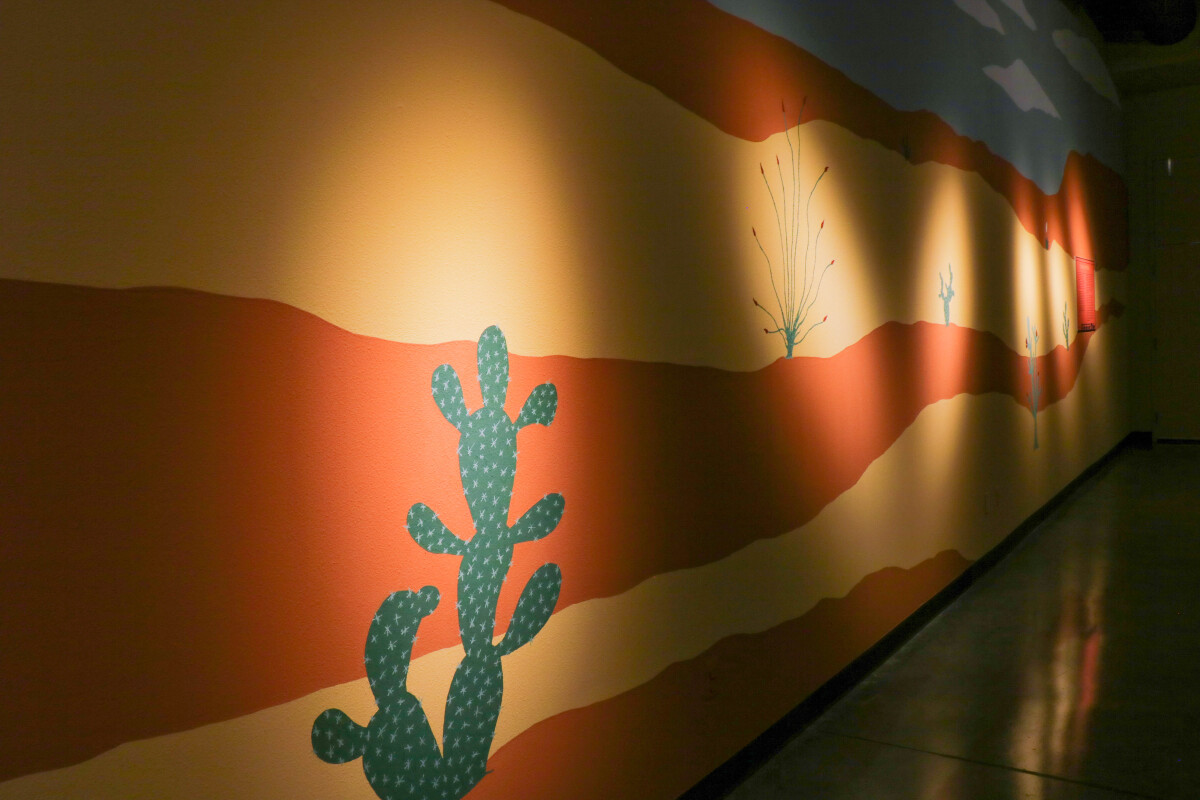
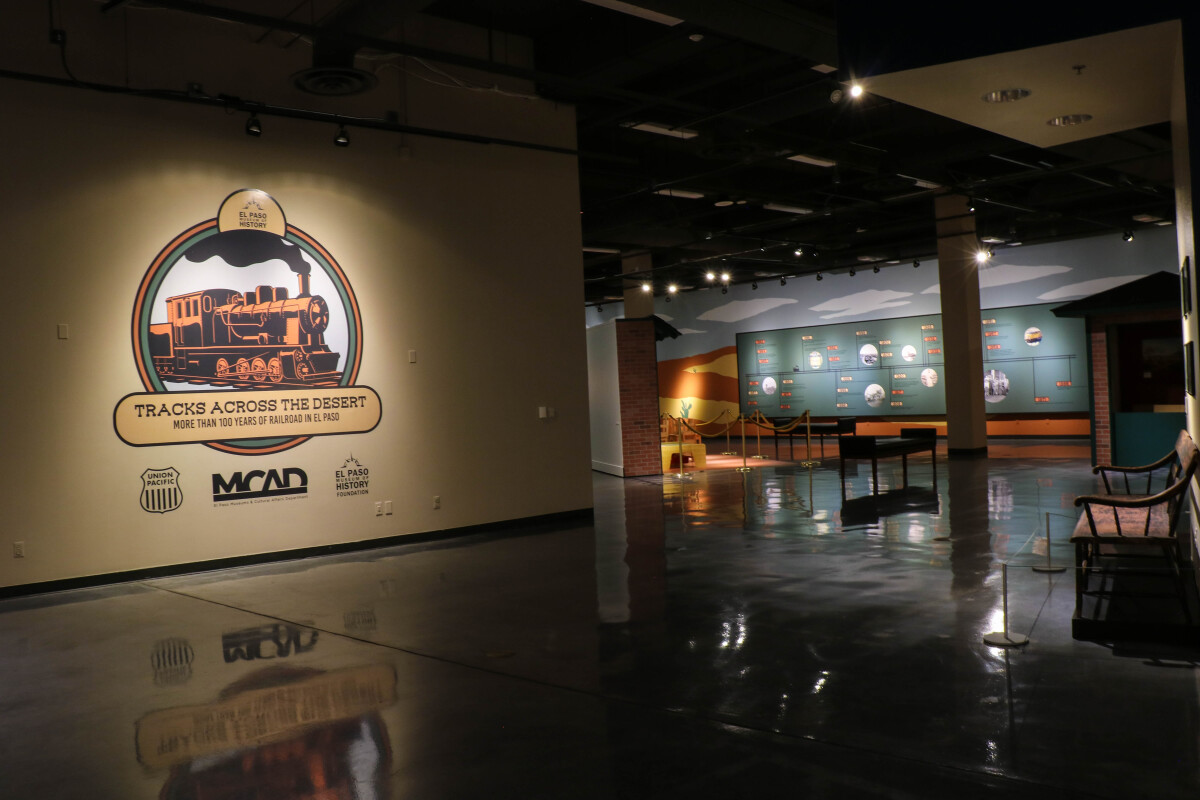
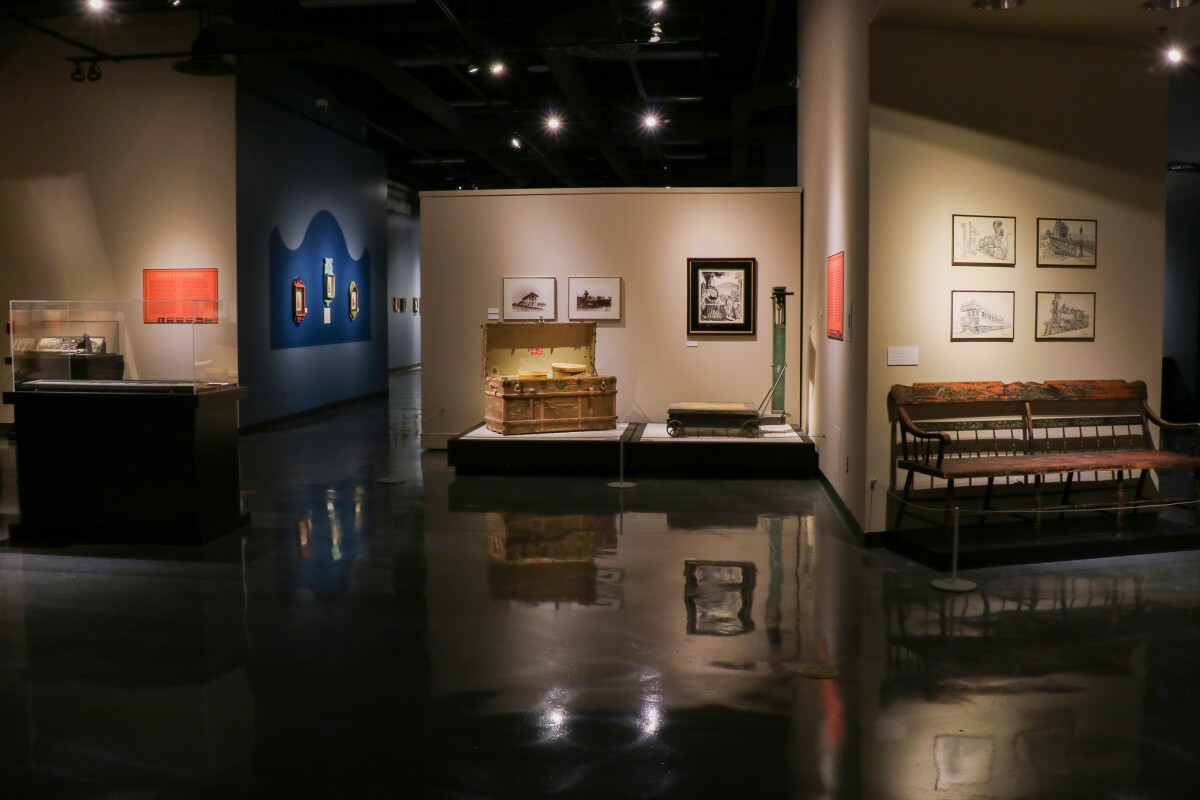

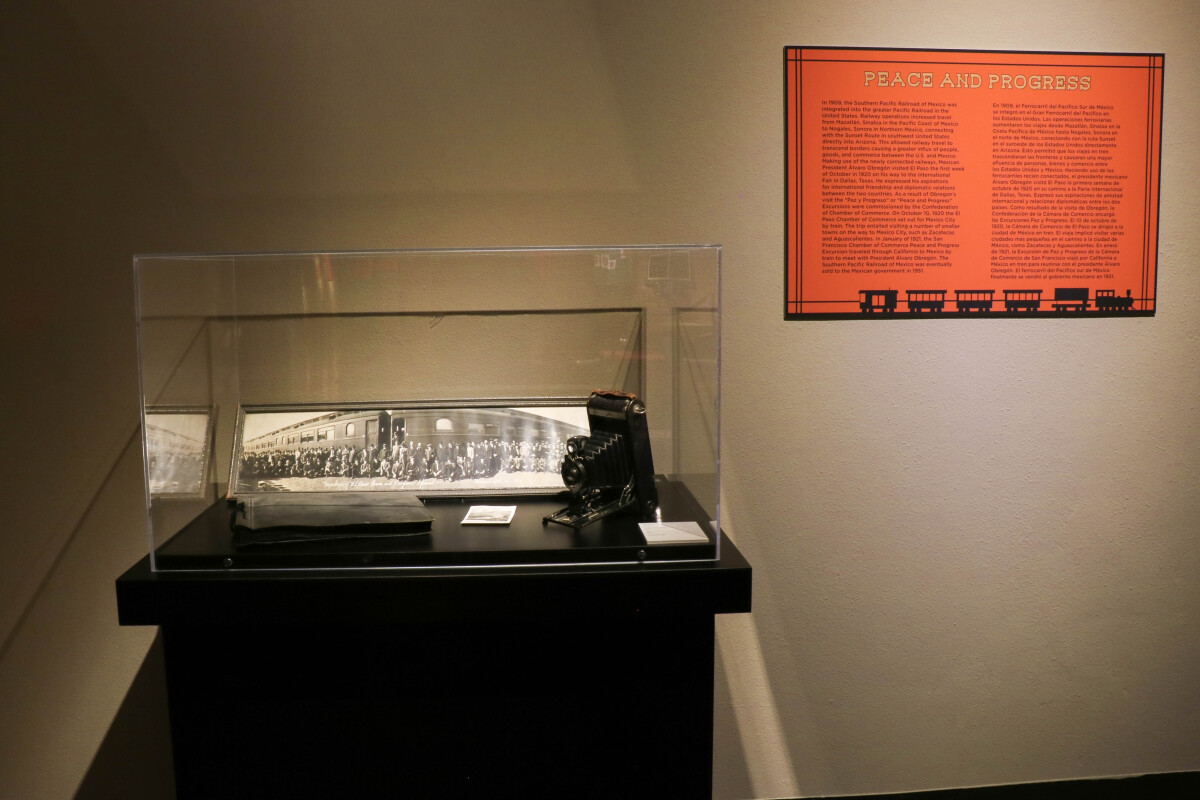
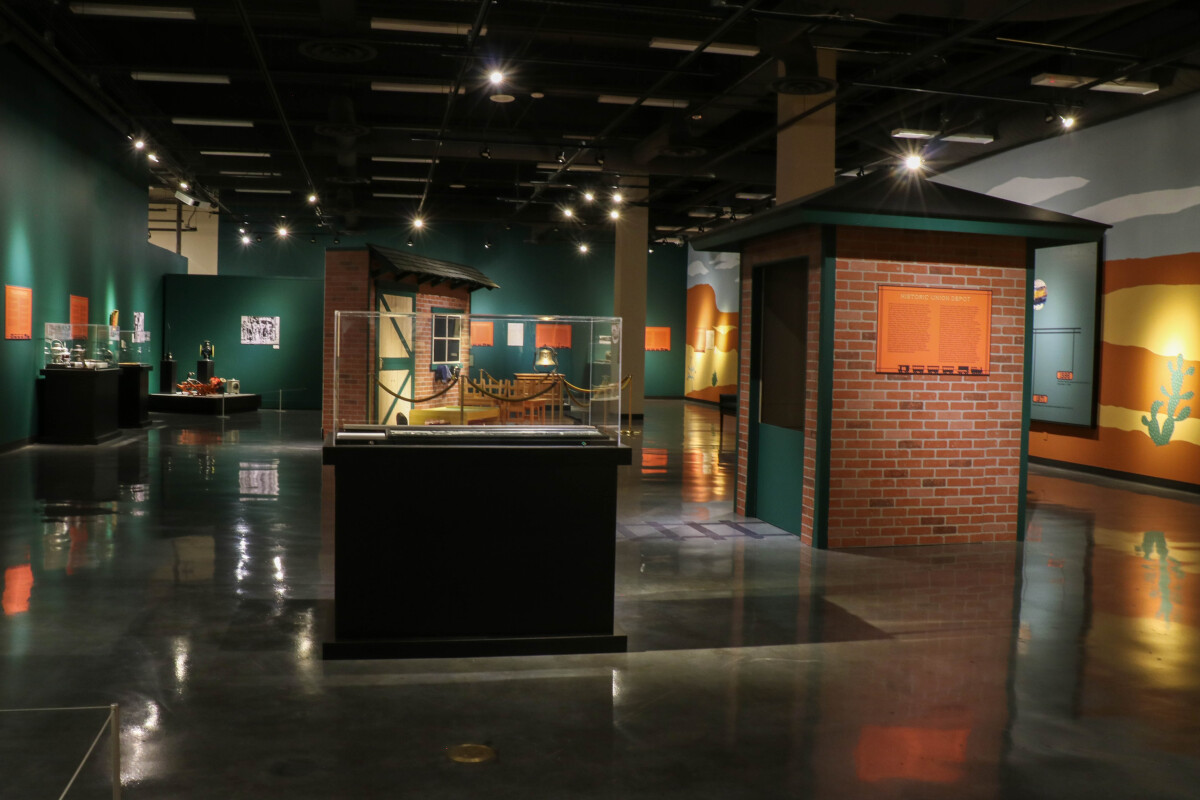
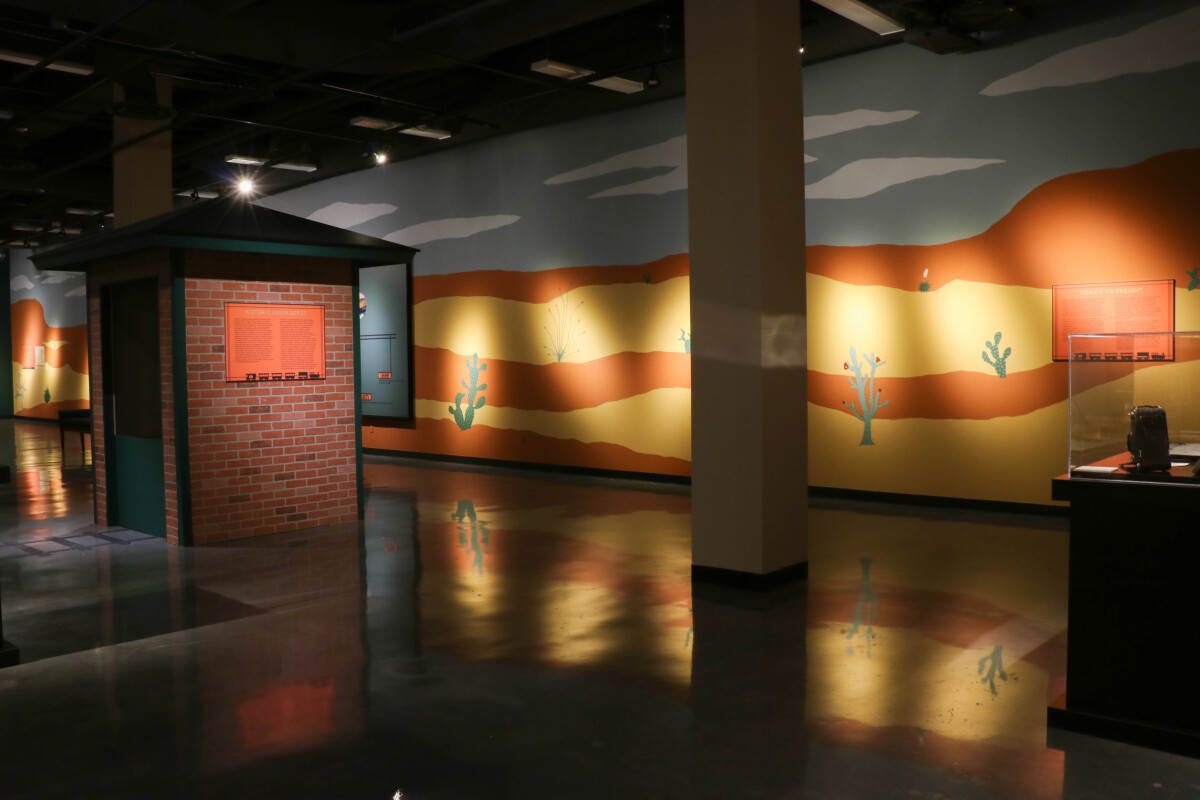
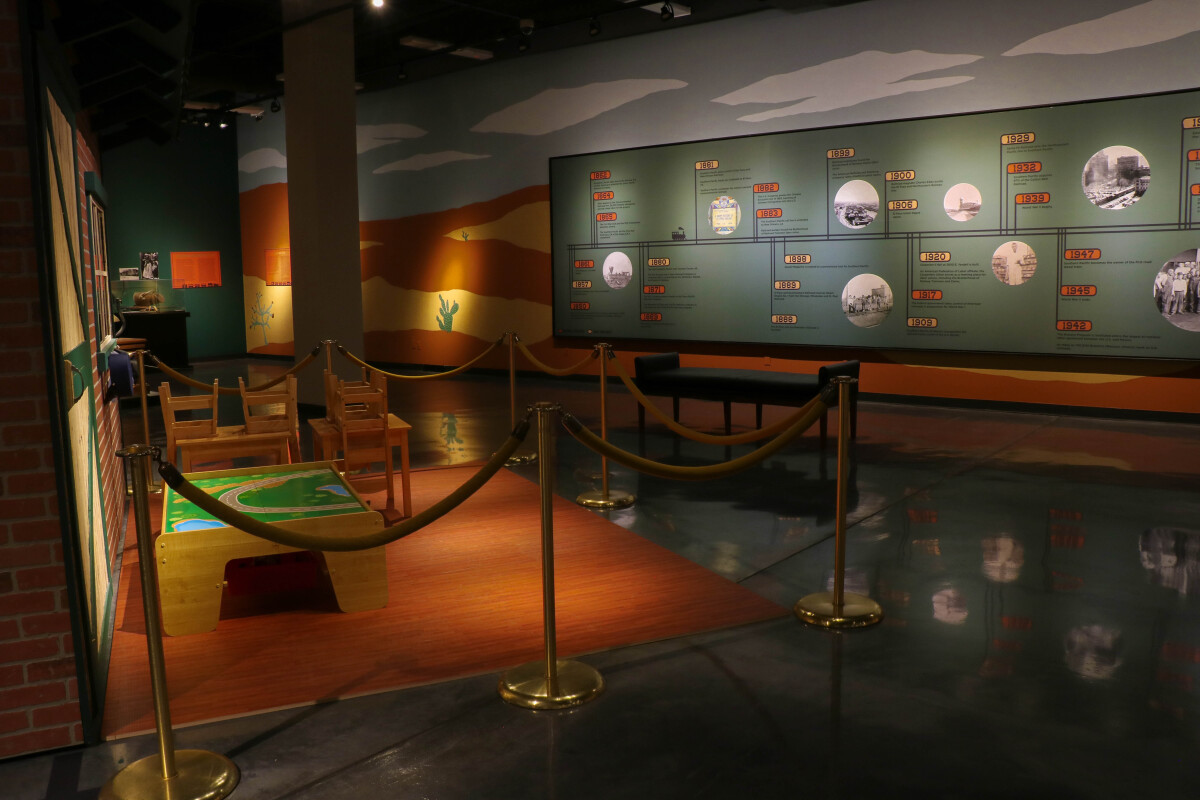
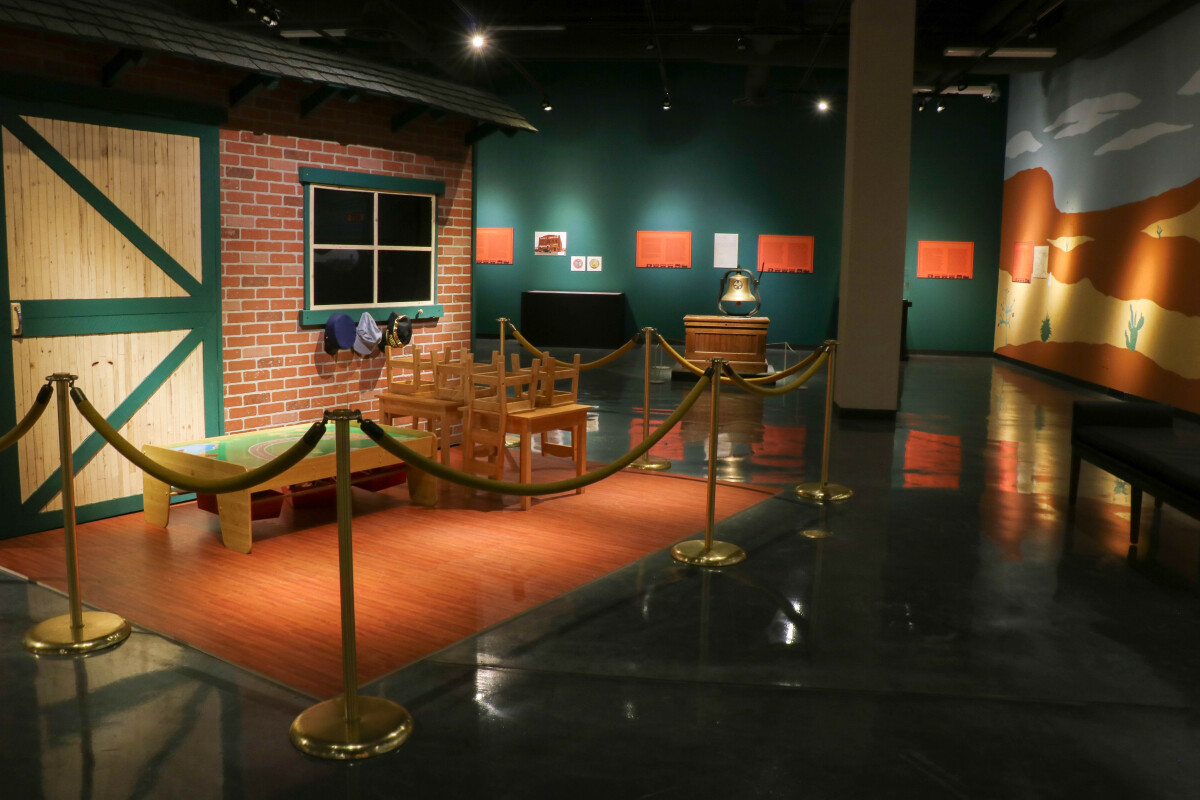
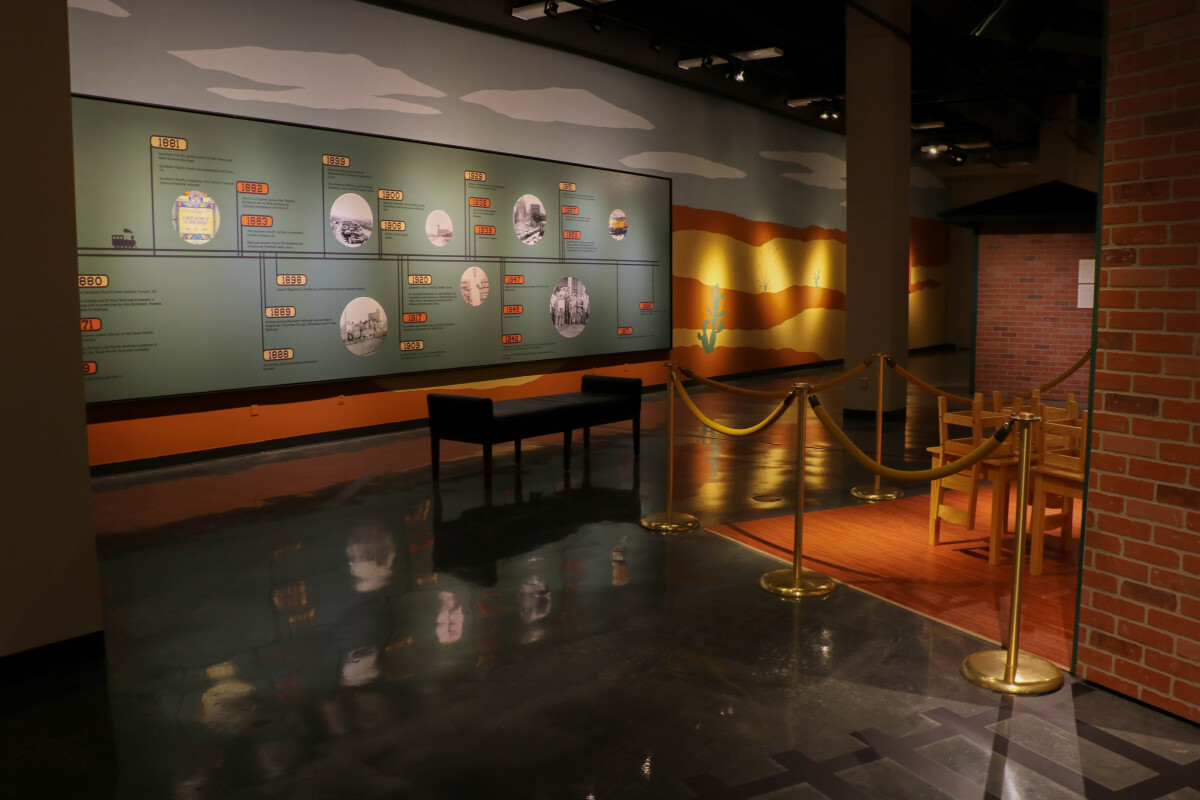
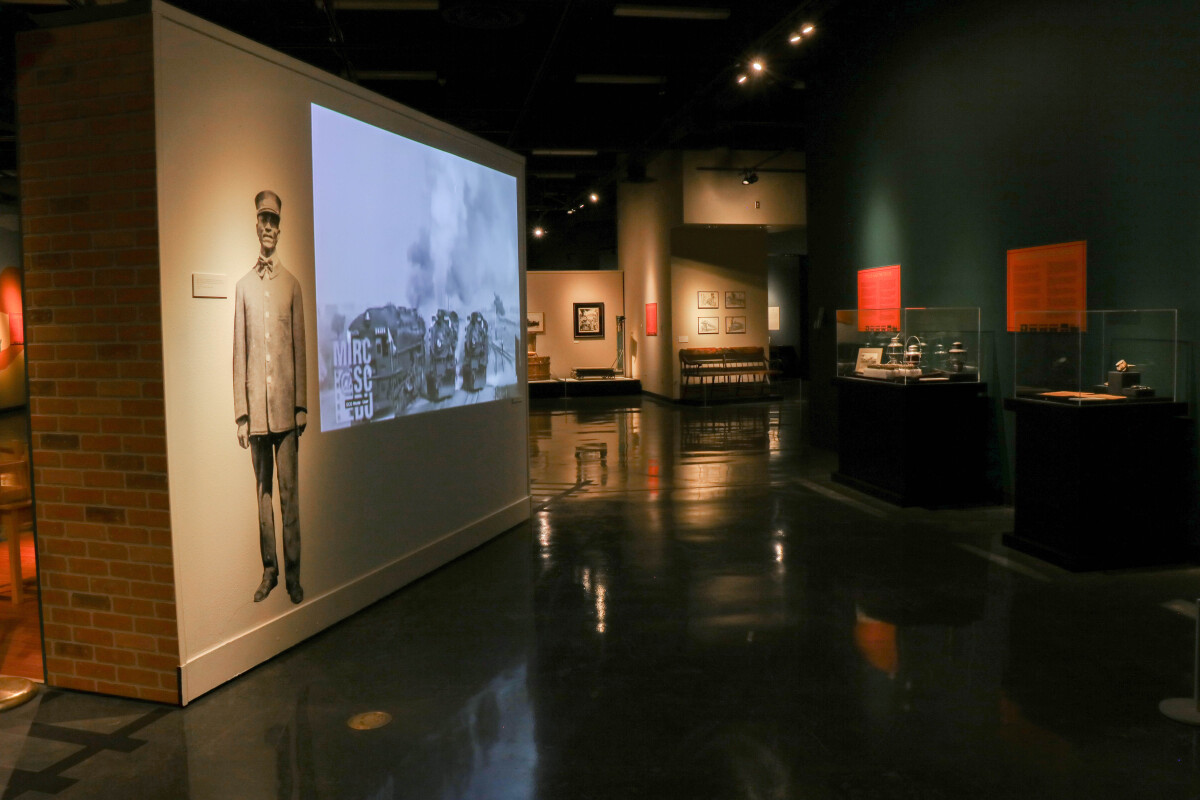


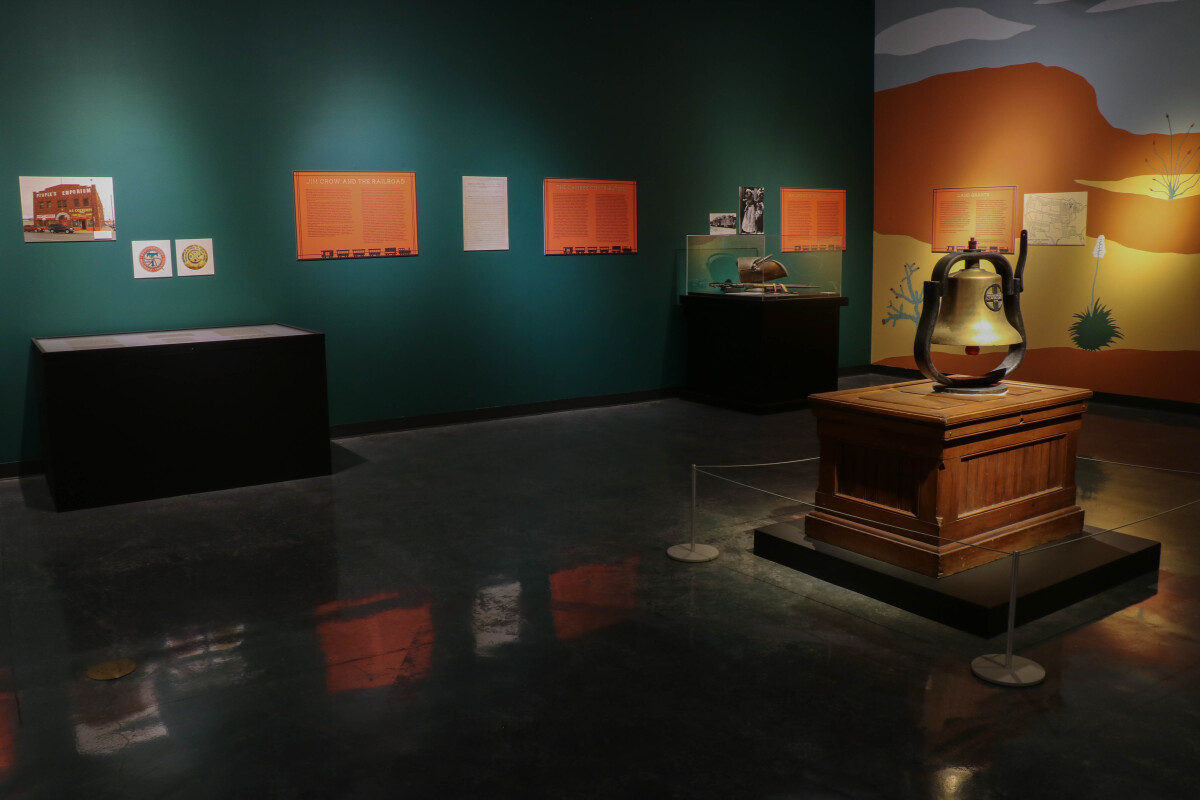
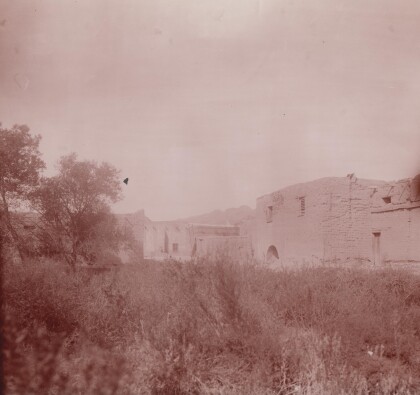
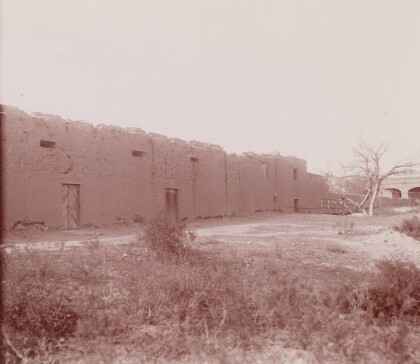

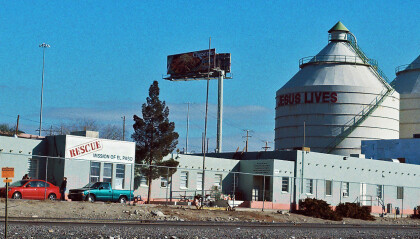
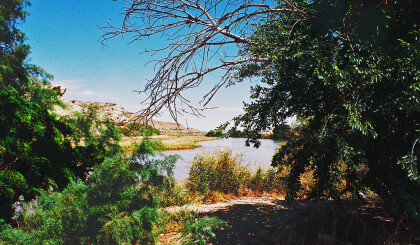
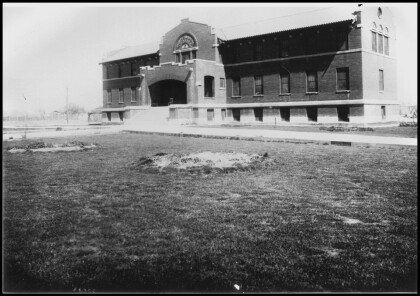
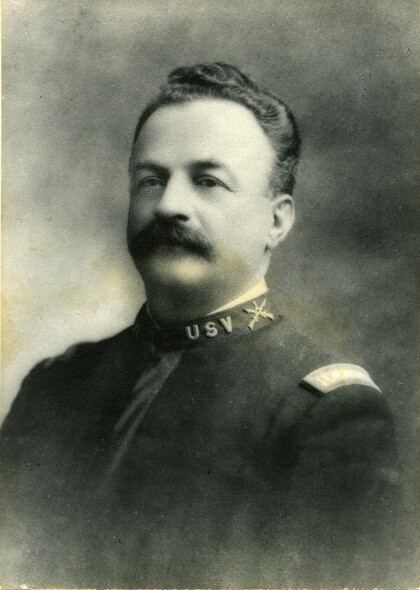
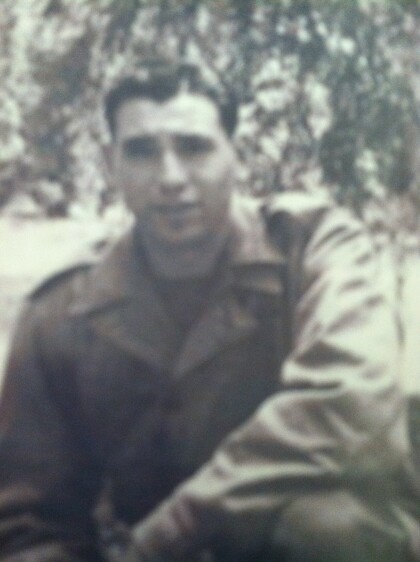

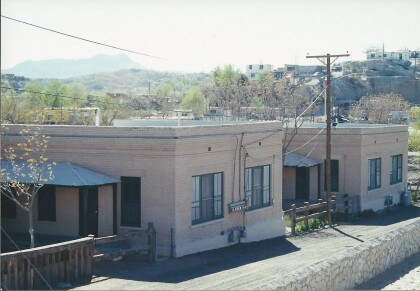

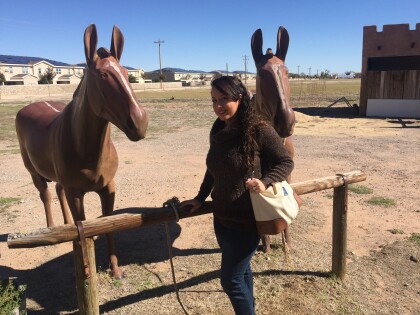


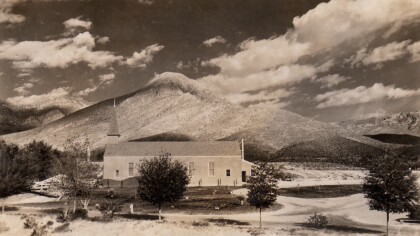
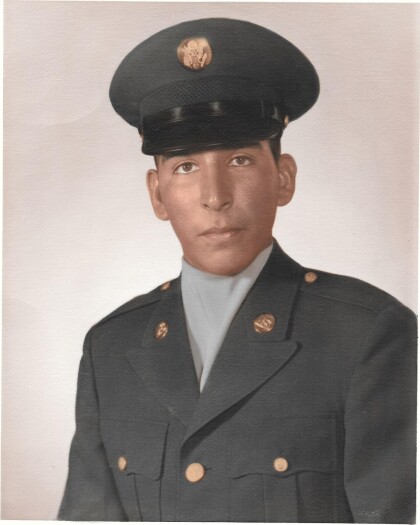
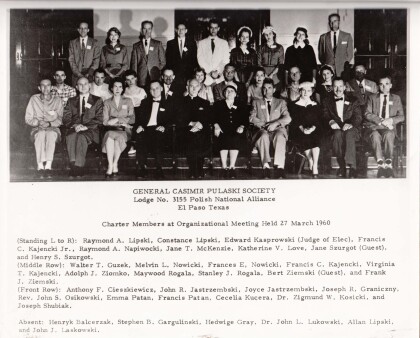
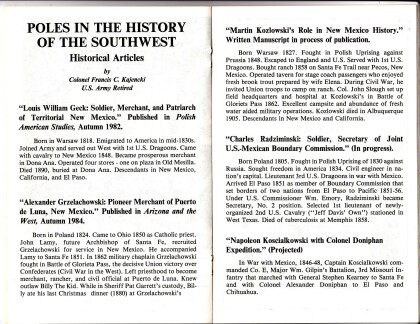

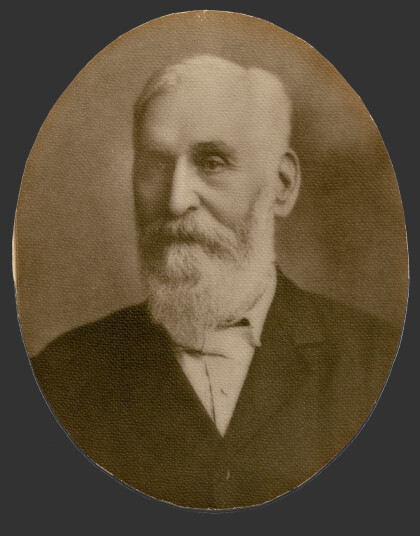
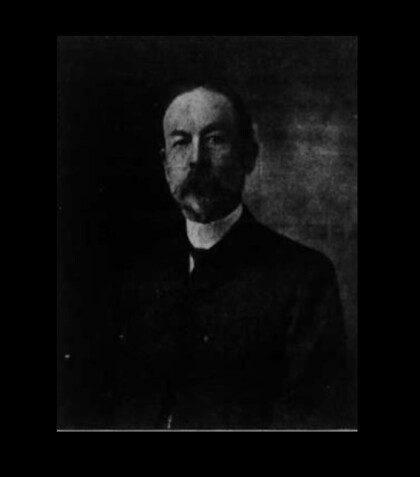
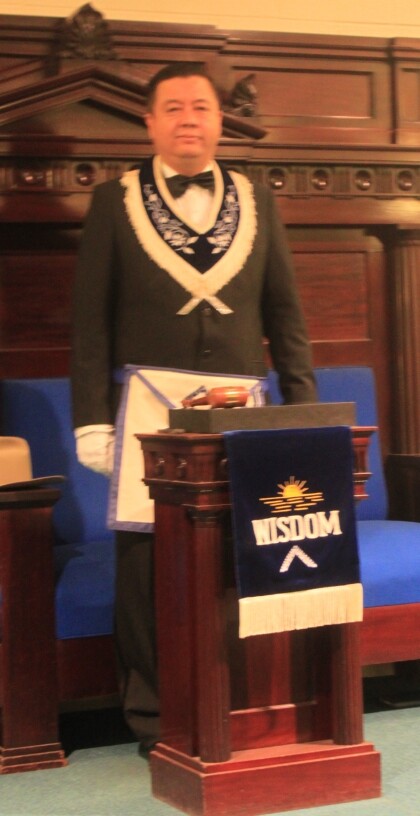
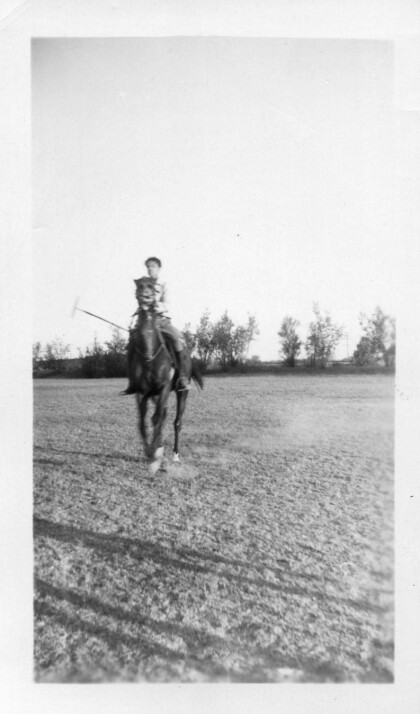
Comments
Add a comment